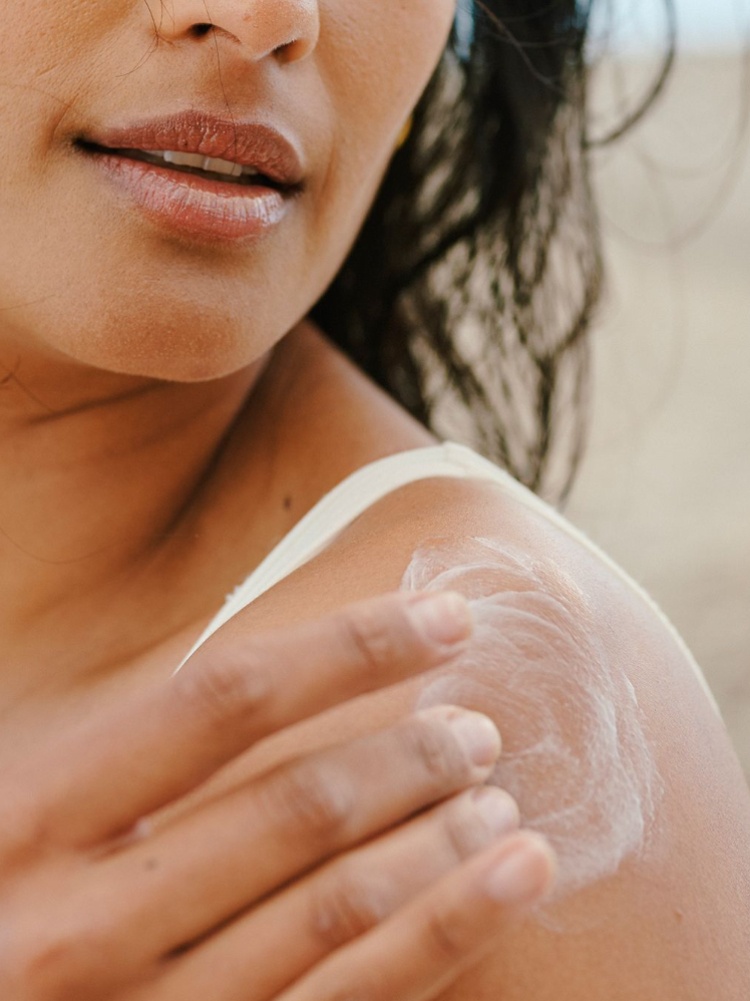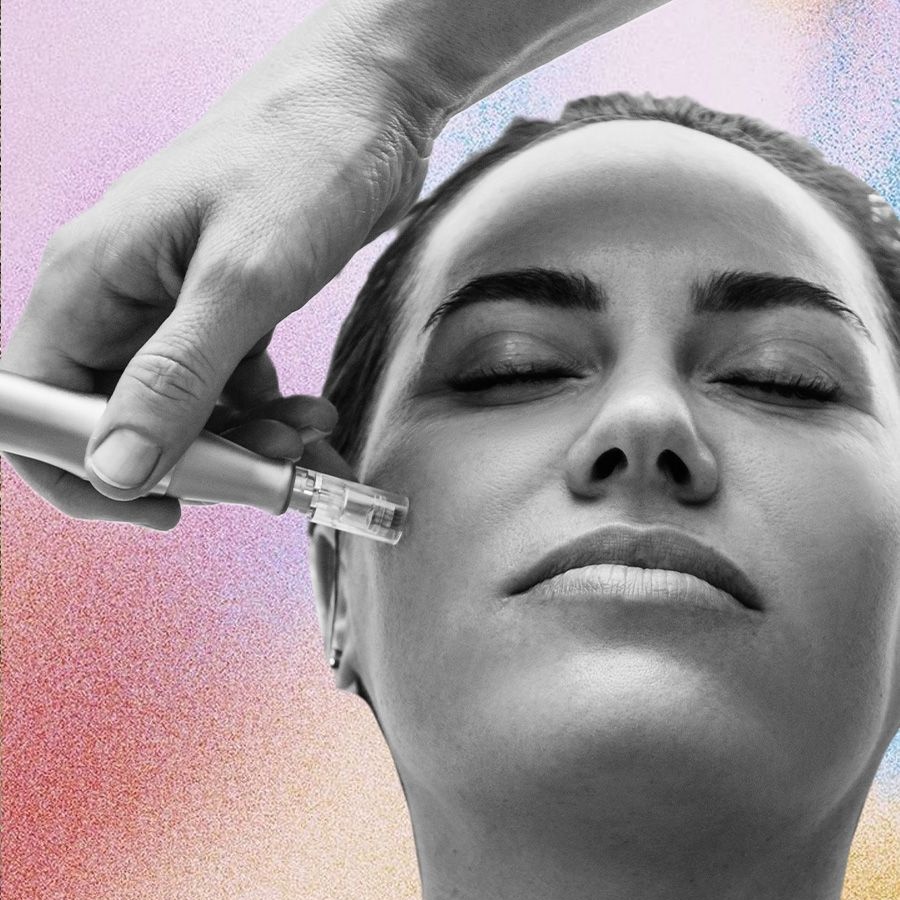It won’t be an exaggeration to say that sunscreen has become a global fixation, right up there with matcha and protein. There’s SPF in everything: foundations, lip balms, hairspray, and even clothing. Skincare-averse people who wouldn’t touch moisturiser have successfully been influenced by social media to carry a tube in their car.
Now, there’s reason to actually check what’s inside those tubes. The Bureau of Indian Standards (BIS) has just dropped a major update that’s set to shake up the sunscreen aisle. Until now, sunscreens in India were regulated under the Drugs & Cosmetics Act, 1940, and the Cosmetic Rules, 2020, which defined permitted UV filters and concentration limits but offered no standardised testing method for SPF. This meant that one brand’s SPF 50 could have easily performed like another’s SPF 20, and we’d never really know…
That changes with the new BIS mandate, which will align India with international standards (specifically ISO 24444). It requires in vivo testing, that is, testing SPF effectiveness directly on human skin. Until this point, most Indian sunscreens were in vitro tested, meaning their SPF claims were verified in a lab using synthetic skin models, UV lamps, and mathematical projections. In contrast, in vivo testing measures how a product performs on real skin, how it absorbs, spreads, and actually blocks UV rays in real-world conditions.
The implementation date is January 10, 2026, and any sunscreen that hasn’t undergone in vivo testing by then won’t make it to shelves. Translation: some of your favourites may slowly disappear or have to return with reformulated versions.
Should you chuck away your current sunscreen? Not yet
The new testing mandate is a sign that India is finally catching up to global standards, where SPF numbers actually mean something beyond marketing bravado. For brands, it’s likely a logistical nightmare. Human testing is expensive, time-consuming, and requires ethical clearances, but for consumers, it’s the first real step toward reliable sun protection. You’ll start seeing more transparency around how SPF is tested and how broad-spectrum claims are validated.
The new BIS standard means SPF claims must now be backed by in vivo testing to stay compliant. Whether a brand needs to relabel or pull back will depend entirely on whether its current claims are backed by the level of proof this standard now demands. Until then, sunscreens that haven’t been tested this way can technically remain on sale, but come January, all SPF and PA claims will need to be proven with on-skin data.
But wait—has BIS completely phased out lab testing?
Brands that have relied only on lab-based or mathematical SPF models will need to upgrade their testing or rework their claims. While in vitro testing isn’t banned, its role is shifting—it can still be used in early formulation and safety stages, but it no longer substitutes for proven on-skin results. According to Sapna Singh, head of R&D at Lakmé, the new BIS standard marks a move toward requiring in vivo testing for SPF validation. Brands may continue to use in vitro methods internally, but consumer-facing claims will have to depend on real-skin data.
She adds, “BIS hasn’t outright banned in vitro testing, but the landscape is changing. We rely on in vivo testing to validate our SPF and PA claims and use in vitro only during the development and safety-screening stage.” For consumers, that’s a win: SPF labels will finally mean what they say.
As 2026 approaches, the market will likely shrink before it expands again. Expect fewer new launches, more reformulations, and plenty of B2G4 offers. Until then, keep wearing your SPF but read your labels like you mean it. The sun’s not getting weaker anytime soon, and neither should your sunscreen.











